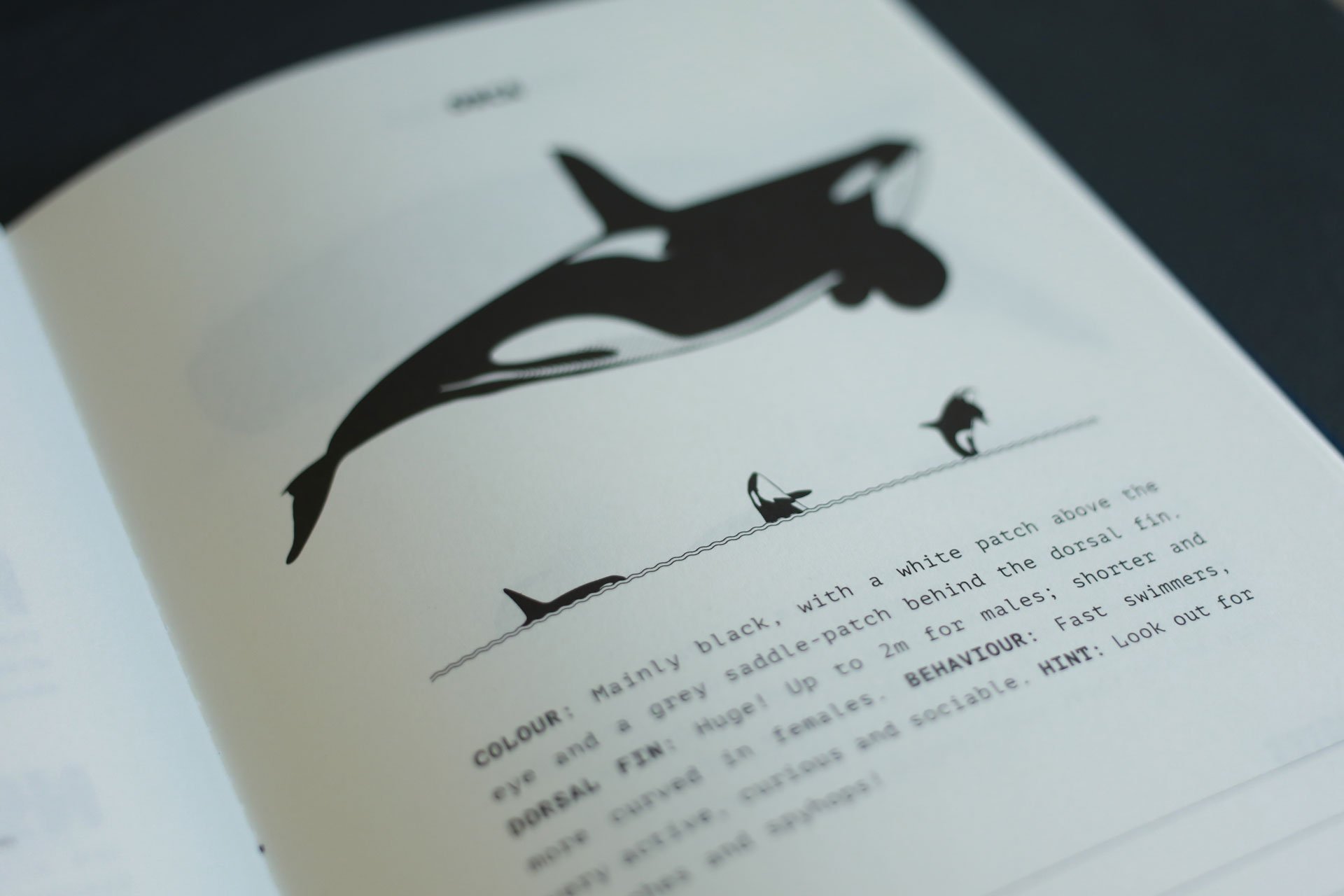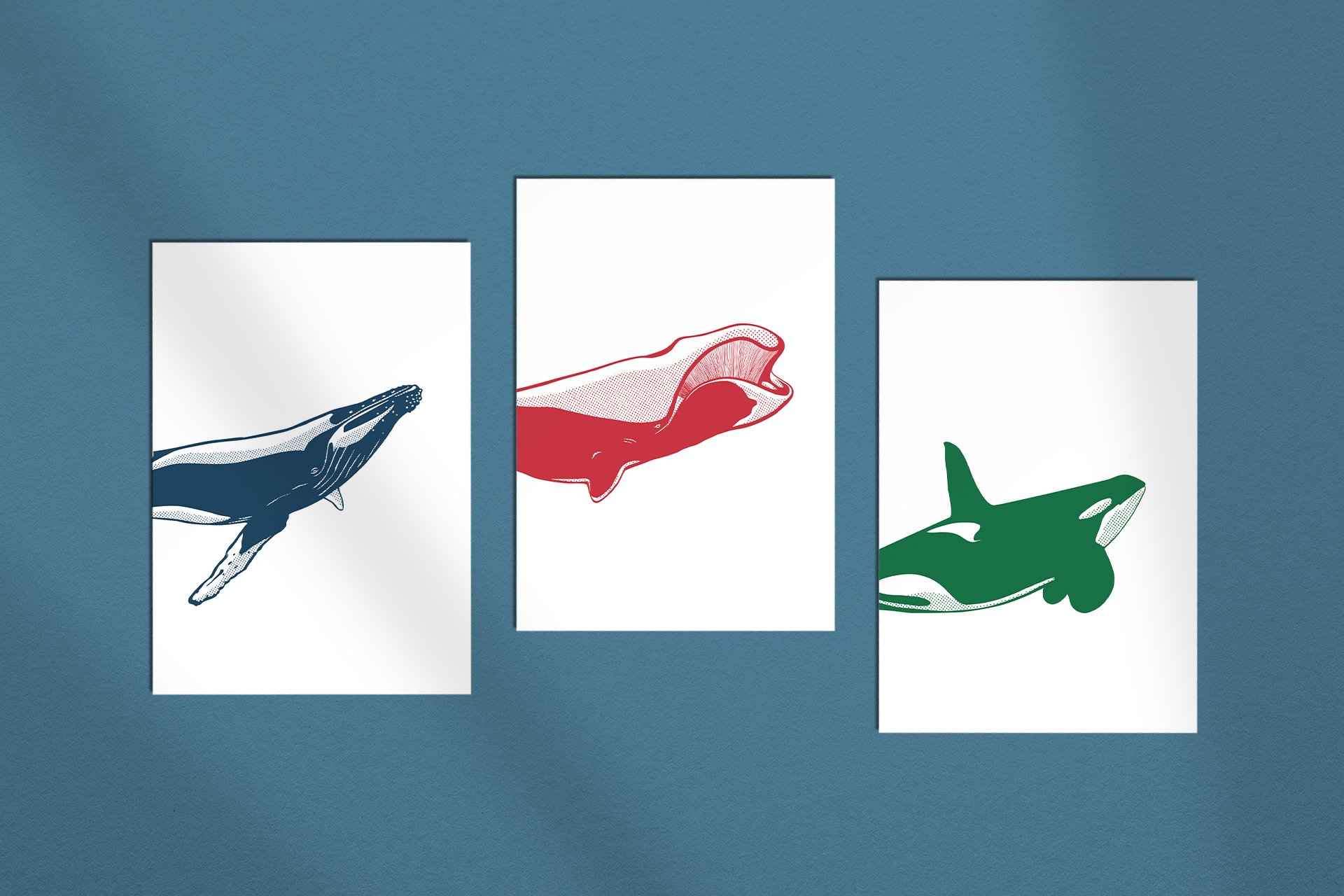MEXIcO
Baja California consists mainly of sand and cacti. Nevertheless, it is one of the best whale-watching areas in the world.
Photo: Shutterstock
whales: Mexico
Every year, thousands of grey whales gather in the shallow lagoons of Baja California and Baja California Sur to give birth to their young. The waters around the Mexican peninsula are among the most biodiverse areas in the world – even the giant blue whales can be seen here.
Baja California is one of the most important whale-watching areas in the world, with numerous species using the subtropical waters of the Mexican peninsula as their winter quarters – grey whales, humpback whales, fin whales and blue whales can be seen here regularly between December and March. There are also many different species of dolphin that live here all year round.
The Gulf is the starting and finishing point of the long migration of grey whales: every year they migrate back and forth between the Gulf of California and the coast of Alaska, this migration is one of the longest maritime migrations in the world. They give birth to their young in the shallow lagoons of Mexico between December and March, then migrate north with their offspring from April to feed.
A juvenile grey whale breaches off the coast of Mexico's Baja California. The calm lagoons are the ideal nursery for the offspring. Photo: Shutterstock
Humpback whales, fin whales and blue whales also use the warm Gulf as their winter quarters. However, the main target of all whale-watching tours are the curious and trusting grey whales, which often come very close to the small boats and even allow themselves to be petted. The young animals in particular are very active and playful in these waters.
The whale-watching industry in Mexico has improved greatly over the last twenty years, and there are now excellent operators and strict guidelines for protecting the animals. Many boats also have biologists on board who provide tourists with information on the annual migration of grey whales during the trip. Nevertheless, there are still some companies that cannot be recommended, so you should make sure that you only go with licensed operators.
There are several annual whale festivals on the Baja Peninsula, e.g. in Puerto Adolfo Lopez Mateo in January, the "Festival Internacional de la Ballene Gris" in Puerta San Carlos in the south of the peninsula in late February and in Laguna San Ignacio in April to celebrate the end of the annual whale-watching season.
Photo: Shutterstock
TO DO: Mexico
In addition to whales, Baja California is home to deserted islands, deserted beaches and lots and lots of cacti. But you can also encounter whale sharks and guide baby turtles into the sea.
There are countless bays, islands and beaches in the Gulf of California that are ideal for swimming, snorkelling and diving. The most beautiful bays are the Bahia des Los Angeles and the beach of Loreto in the east of the peninsula, while the most beautiful island is the Isla Espiritu Santo, which is best reached from La Paz. Cabo Pulmo Marine Park is home to the oldest of only three remaining coral reefs on the North American west coast.
The two towns of Cabo San Lucas and San Jose del Cabo in the far south are often combined into one area called Los Cabos. This is where the Pacific Ocean and the Gulf of California meet and where El Arco, a well-known rock formation that can be explored by boat, is located. The Los Cabos area offers secluded beaches, crystal-clear water, barren deserts and high mountain ranges, making it one of the peninsula's most popular destinations.
“Baja California is considered the largest garden of cacti in all of Mexico, especially in the Catavina Desert, where they can be found in all shapes and sizes – some grow up to 20 metres high.”
Playa del Amor and Playa del Divorcio are located directly on El Arco – together they are the only beach that lies on two seas, the Pacific Ocean and the Gulf of California. Playa del Amor is considered the most beautiful beach on the peninsula, the water is calm and glass-bottom boat tours are also possible here. On the other hand, the water at Divorce Beach on the Pacific side is rather rough. The best way to get there is by water taxi from Playa Medano.
Just before the bay of San Ignacio, one of the main whale watching locations, a huge palm oasis with thousands of palms and fig trees rises up in the middle of the desert. A little further north, Guerrero Negro offers quite a contrast: dry lagoons with huge salt flats. Guerrero Negro is also the starting point for a visit to the Parque Nacional de la Ballena Gris to observe grey whales.
The ideal companion for your next trip: Check out our NOTES in five great colours – with plenty of space for all notes, observations and memories. Order now!
Baja California is considered the largest garden of cacti in all of Mexico, especially in the Catavina Desert, where you can find them in all shapes and sizes – endless forests with over a hundred different types, some of which can only be found here. Some grow up to 20 metres high (!) and reach a diameter of 1.5 metres. Cacti grow both inland and close to the coast. Also only to be seen on Baja California: elephant trees.
In La Paz Bay, you can join researchers on boat trips and help them with their work: whale sharks are observed, identified and marked in order to better understand their migration routes, for example. At up to 13 metres long, they are the largest fish in the world – and they are absolutely harmless. A tour costs around 85 dollars, with the proceeds going towards research work.
From mid-November to February (sporadically also in March and April), you can guide baby turtles on their way into the sea in Todos Santos on the western south coast. The Tortugueros Las Playitas rescue endangered nests and release the babies into the sea after hatching. Participation in a hatchling release is free, the work can be supported with donations and you can also adopt individual nests with 20 to 50 turtles. You can also swim with whale sharks here.
Even more Places
〰️
Even more Places 〰️
Whaletrips Shop
The ideal Companion for your whale trip
All the whale facts you need while on the road – with plenty of space for own thoughts and observations!
Whaletrips Shop
Our Whales as Cards and Stickers
Colourful, finely illustrated, ready to stick on: Our whales are now available as stickers and greeting cards!
Whaletrips Shop
Beautiful whale Notebooks
Whether for travelling or at home: our high-quality whale notebooks come in five beautiful colours!
Whaletrips Shop
Our favourite photos for your home
Brightens any wall: a selection of our favourite motifs is available as elegant fine art print for your home.








